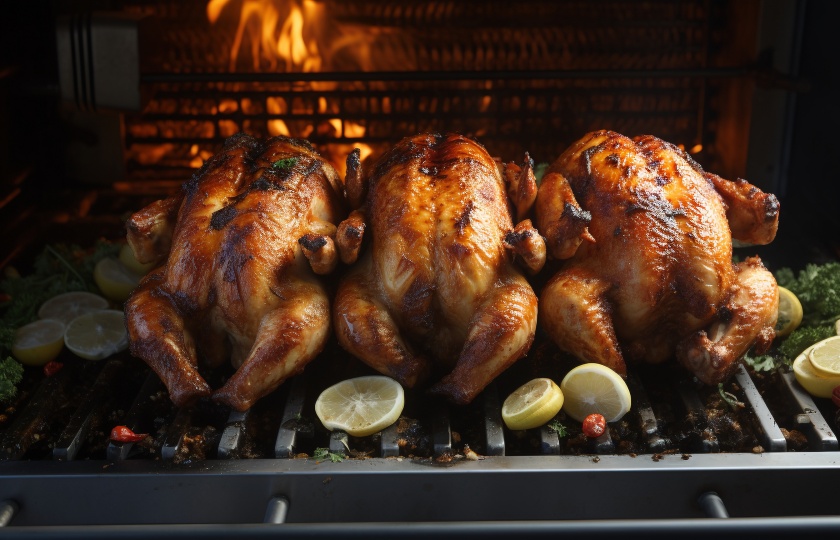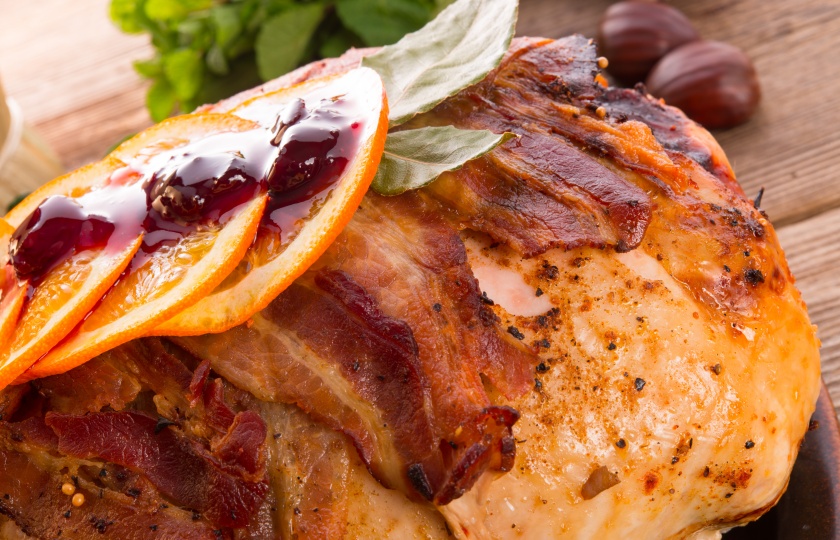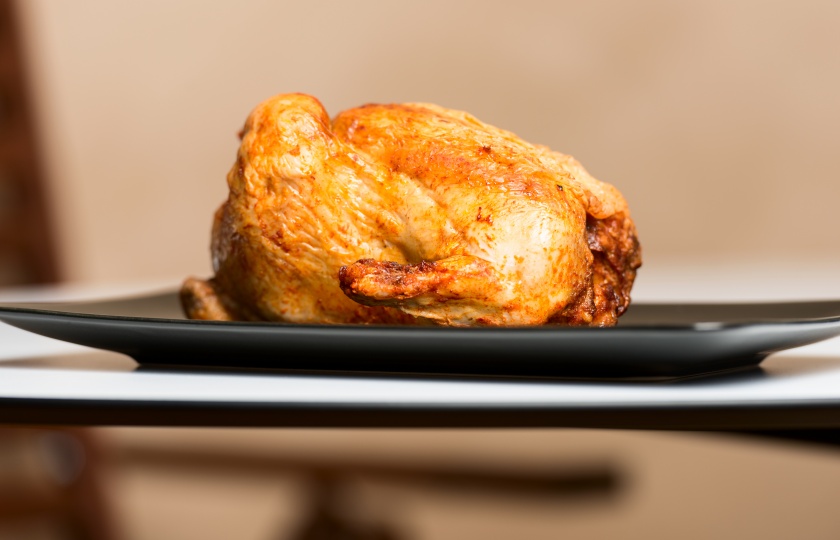Success Tips How To Cook Turkey In Roasting Oven

In order to present a perfect roasted turkey on the holiday dining table, it is necessary to understand the usage skills of the oven in advance. Temperature control, time management and turning the turkey are all important details that need attention.
How to cook turkey using a roaster oven?
Roasting a turkey requires baking at 180 degrees Celsius for 2 to 3 hours. The specific time is calculated according to the weight. It takes about 45 minutes per kilogram and about 15 to 20 minutes per pound.
The preparation work needs to be done 24 hours in advance: dry the turkey with kitchen paper, apply salt, black pepper and olive oil under the skin and in the cavity, and put lemons, rosemary and thyme to enhance the fragrance. After marinating for 24 hours, take it out and let it return to room temperature for 1 hour before baking so that the turkey is heated more evenly.
The baking process is divided into three stages: first, preheat the oven to 180 degrees Celsius, pour 2 centimeters deep of water into the bottom of the baking tray, put the turkey with the breast facing up, and cover the breast with foil. In the first hour, brush the surface with the soup in the baking tray every 30 minutes, and then brush it every 20 minutes. In the last 15 minutes, remove the foil and turn the temperature up to 200 degrees Celsius to fully color the skin.
The maturity standard is that the thickest part of the thigh reaches 74 degrees Celsius. After taking it out, it needs to be covered with foil and left to stand for 15 minutes to allow the meat juice to flow back. A perfect roasted turkey should have a golden and crispy skin. When cut open, the meat should be tender and juicy and emit a faint aroma of spices.
Should I flip the turkey while roasting?
There is no need to turn the roasted turkey over.
The turkey legs are well-developed and rich in fat, making them more heat-resistant; the breasts are tender and easy to lose water and dry out. Place the breasts facing up, use tin foil to cover and brush with oil regularly to maintain the moisture of the breasts, and the legs can also be fully heated and kept tender with the fat.
If you turn the turkey over, the skin will be easily damaged, the gravy will seep out, and the breasts will be difficult to be properly protected, the water will be lost quickly, and the taste will be greatly reduced.
As long as you skillfully control the oven temperature and time, continue to use tin foil to protect the breasts and brush with oil, you can bake a perfect turkey with intact skin, tender and juicy meat without turning it over, satisfying the taste buds of the whole family.

Do I put water in the bottom of a roaster for turkey?
Water can be put at the bottom of the baking tray for roasting the turkey. Adding it to a depth of 2 centimeters is the most appropriate.
The reason is that putting water can increase the humidity in the oven and prevent the surface of the turkey from losing water and drying out too quickly. The grease and meat juice dripping from the turkey during roasting will fall into the water and form a delicious sauce that can be used to repeatedly brush on the surface of the turkey to add flavor.
The amount of water should be just right. Too much will affect the heating of the bottom of the turkey, and too little will not be able to maintain the humidity of the oven. When the water level is lower than 1 centimeter, an appropriate amount of warm water needs to be added to maintain a water level of 2 centimeters. This can ensure that the turkey maintains moisture and taste throughout the roasting process.
How do you roast a turkey without drying it out?
To prevent the turkey from becoming dry, the following measures can be taken:
Evenly spread softened butter under the skin of the turkey, especially fully apply it to the breast meat area. The butter will slowly melt and penetrate into the meat during baking. At the same time, apply a layer of oil on the surface of the turkey to help form a protective film.
Within the first hour of roasting, the oven temperature can be reduced to 160 degrees to allow the turkey to warm up slowly. When the meat temperature is close to 65 degrees, turn it back to 180 degrees to complete the final roasting. In this way, the inside and outside of the turkey are heated more evenly, and there will be no situation where the surface is charred and dry while the inside is not cooked.

Is it better to cook a turkey on a rack or on the bottom of the pan?
For roasting a turkey, it is best to place it on a wire rack with a grid. Place a baking tray underneath to catch the oil.
The wire rack allows the heat to evenly surround the turkey from all directions, and the bottom can also be fully heated. The height of the grid allows the grease to naturally drip down into the baking tray below, keeping the turkey dry while also avoiding the bottom being soaked and softened by the grease. The sauce formed by the mixture of water and grease in the baking tray can be used to brush the surface of the turkey.
Although placing it directly on the bottom of the baking tray is convenient for operation, the bottom of the turkey will be soaked by the grease, resulting in the skin not being crispy enough and the heating not being uniform. Especially for a large turkey, the bottom may overheat locally due to poor ventilation.
How to dress turkey before cooking?
Turkey seasoning needs to be done from the inside out. Start marinating 24 hours in advance.
External seasoning: Season with salt and black pepper first, focusing on applying to the breast and leg meat. Insert softened butter chunks under the turkey skin, and add minced garlic, chopped rosemary and thyme. Evenly brush the skin with olive oil, and then sprinkle an appropriate amount of salt and black pepper.
Internal seasoning: Fill the abdominal cavity with whole garlic cloves, lemon slices, onions, rosemary and thyme. Don't fill it too full. Leave space for heat circulation. After filling, tie the two legs tightly with kitchen twine. Fold the wings close to the body to maintain a beautiful shape and also facilitate even heating.























